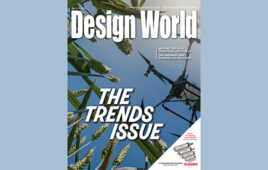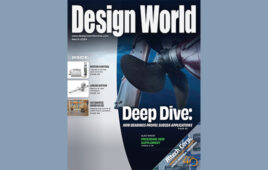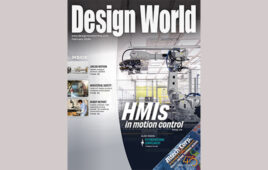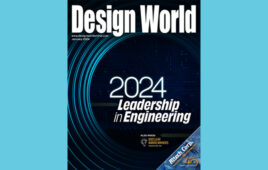In this issue:
2 The tough problems in power design
8 Teardown: Inside Ikea’s smart LED bulb
28 The basics of thermistors in thermal management
43 How to be smart when selecting a fan for forced air cooling
The tough problems in power design
AN ANNUAL RITUAL takes place in the upper echelons of the power electronics world. At the Applied Power Electronics Conference (APEC), considered a premier forum for applied power electronics, researchers present new ideas for power converters. Typically, these ideas are neither straightforward nor easy to understand. And there is generally nothing intuitive about them. So other researchers intrigued by these concepts spend a lot of time in the ensuing 12 months characterizing the most promising topologies and circuits mentioned at APEC. At APEC the following year, conference-goers can start to really understand how the original circuits behave when the new results are presented.
This ritual is one of the reasons APEC has the reputation as a forum attended by practitioners who can analyze knotty technical problems. And in that regard, there are a couple of areas addressed in this year’s upcoming APEC that are worth mentioning.
One of them concerns the promising field of silicon-carbide MOSFETs. Ljubisa Stevanovic, CTO of Silicon Carbide Works at GE Global Research, will talk about the SiC devices GE has devised for megawatt-scale industrial applications. “The toughest part of applying SiC is that it is not a one-for-one replacement for silicon IGBTs,” says Stevanovic. “So you can’t just remove the IGBTs from a solar inverter and plug in a SiC MOSFET. Instead of replacing an IGBT, you need to take advantage of the switching speed SiC transistors can provide.”
One of things Stevanovic will cover at APEC is a solar inverter based on silicon IGBTs switching at 2.5 kHz that was recast with SiC MOSFETs operating at 8 kHz. The resulting inverter circuits were simpler partly because the SiC version only needed a two-level bridge compared to the three-level design that the silicon version required. “IGBTs typically force you to use a three-level bridge. SiC devices can go up to ten times faster with about the same losses as IGBTs. That switching speed lets them operate with less filtering,” Stevanovic says.
Attendees can also hear about SiC from Dr. Victor Veliadis, CTO and Interim Deputy Director of PowerAmerica, a DoE manufacturing institute working on advanced power conversion techniques. Veliadis and his PowerAmerica colleagues will be covering some of the difficulties they’ve managed to overcome in devising SiC devices and will discuss how SiC circuits excel compared to those using conventional silicon transistors. “A lot of the difficulty relates to getting processes that are specific to SiC and taking them from an R & D demonstration into a real manufacturing process,” he says.
APEC’s reputation for discussions of tough converter topologies will also get some reinforcement from a presentation by Joel Steenis and Alex Dumais, two application engineers from Microchip Technology Inc. They will be covering how to devise a fully digital LLC resonant converter. “It is definitely a challenging topology,” says Dumais. “The biggest issue today is modeling it. Joel has done months of research on accurate modeling so engineers can design their own converters.
 The problem is the LLC circuit doesn’t behave in way that lends itself to modeling with state-space averaging, a quite common approach.”
The problem is the LLC circuit doesn’t behave in way that lends itself to modeling with state-space averaging, a quite common approach.”
Dumais and Steenis say LLC converters are getting a lot of interest for powering servers and telecom systems because they are efficient and use fewer components than alternatives.
These are just a few highlights. All indications are that APEC will not lack for discussions of knotty problems.
Filed Under: DIGITAL ISSUES • DESIGN WORLD, DIGITAL ISSUES • EE WORLD




